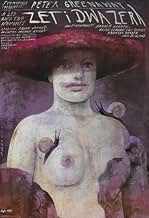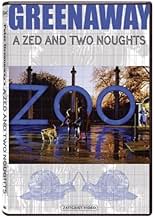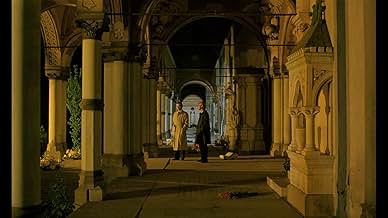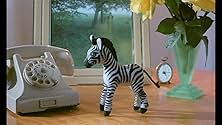All you need to make cinema is a point of view (and of course the view to which it points). Or a frame of reference and the reference which it frames. In Greenaway all these exist together, knowingly, as forms within forms.
A story of twins looking to overcome grief by studying the decay of death is the reference here. Zebras, lizards, swans, we see the empty shells of body decay before the camera. Kept under the scrutiny of our gaze in life, inside cages, they remain under it once dead. At what point do all these symmetries which conjoined together make up the miracle of life stop being the sum of their parts, and by which process; how much of these parts that we understand as the self can be taken out before the self is no longer recognized; and the symmetry once broken, what mystery renews it.
These obscure ruminations are framed against the question of existence, which implies god and pattern. How come that something so systemised, so perfectly designed and evolved from nothing, from amoeba and algea, can come to pass by the whim of chance? Having taken millions of years for creation to unravel its complexity, why does it take a second to destroy it? Which is to ask, at what point does the system, which in hindsight appears ordained and patterned, become random and meaningless.
Various eccentricities are enacted in this process, all pointing to some kind of symbolic nakedness.
When the legless woman gives birth to new life, twins again, the old twins, the blueprint for them, must step aside. The film ends with an poignant thought. Having carefully staged their own death so that the decay that follows may be captured on film, we see how nature intrudes upon this scene and foils the effort.
An atheist himself, Greenaway here gives us a pessimism that cuts deep; no consciousness survives this.





























